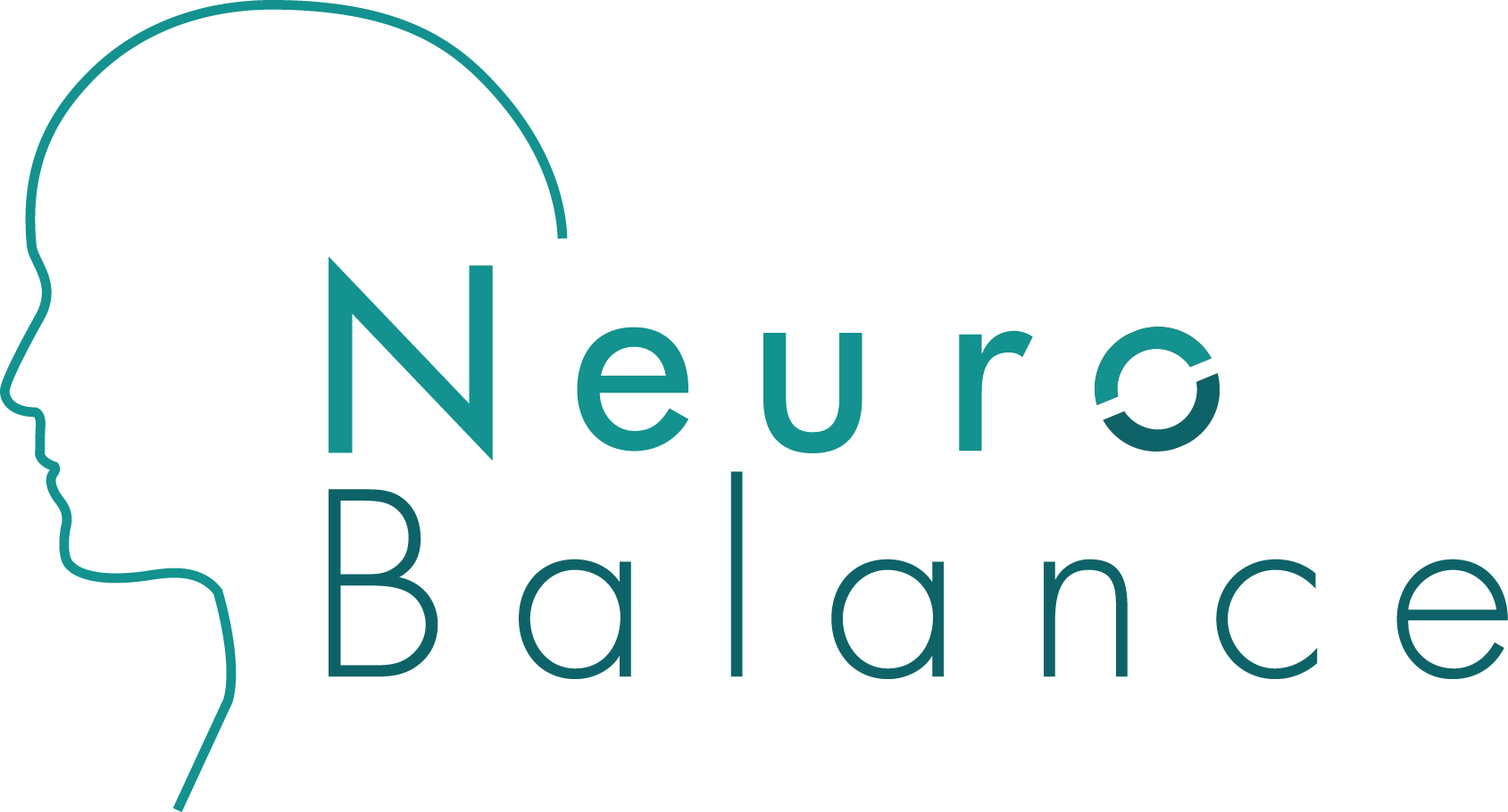The Heartbeat of Thought: How Our Brain Processes Signals From the Heart and Lungs
In the grand theater of the human body, where each organ plays a crucial role, the brain's neurons have long been celebrated as the star performers in processing thoughts, memories, and emotions. However, a groundbreaking study reveals a new dimension to their role—actively processing signals from the heart and lungs, underscoring an intricate dialogue between the brain and these vital organs.
The research, spearheaded by co-senior authors Vibhor Krishna, Ali Rezai, and Olaf Blanke, delves into how specific neurons within the thalamus, a central brain region, engage in the meticulous processing of cardiac and respiratory signals. This study, published in the Proceedings of the National Academy of Sciences (PNAS), illuminates the pathways through which the brain integrates sensory information from each heartbeat and breath, a process previously shrouded in mystery.
Utilizing microelectrode recordings during deep brain stimulation surgery, the team observed the direct involvement of neurons in the thalamic and subthalamic regions in processing these vital signals. Remarkably, about 70% of the neurons studied responded to cardiac and respiratory functions, displaying diverse patterns of modulation by either heartbeat, the interval between heartbeats, or respiration. This suggests a sophisticated level of specialization and integration of cardiac and respiratory signals by these neurons.
This discovery opens new horizons in understanding how our brain maintains bodily functions and homeostasis, potentially impacting medical fields ranging from cardiology to psychiatry. It underscores the brain's ability to regulate the body through both neurological and endocrine pathways, highlighting the thalamic and subthalamic regions' pivotal roles in this complex system.
As we stand on the brink of uncharted scientific territories, this research not only enriches our understanding of the human brain but also sets the stage for future explorations into the neural underpinnings of health and disease. For students, educators, and curious minds, this study exemplifies the beauty of scientific inquiry, revealing the unseen threads that weave together the tapestry of human life.
-A Balanced Brain is a Better Brain for a Happier Life-
